We were lucky to catch up with Angie Cibis recently and have shared our conversation below.
Angie, appreciate you joining us today. One of the most important things small businesses can do, in our view, is to serve underserved communities that are ignored by giant corporations who often are just creating mass-market, one-size-fits-all solutions. Talk to us about how you serve an underserved community.
In theory, design serves everyone, but as with other fields, certain populations tend to get left behind when it comes to good execution.
The pandemic made it clear to me that the most important public health and safety information is often the least legible and accessible, particularly for those with vision challenges or differences related to neurodiversity or cognition. There’s a ton of tiny text, nonstandard fonts, and added detail that takes up valuable space without adding any value. I’ve redesigned largely unreadable infographics on fire safety, air quality, disease trends, mental health diagnoses, and a lot more. My master’s in psychology helps inform what I do (in addition to a BA in design), and I think my empathy and general impatience for inefficiency have a lot to do with it, too. It’s not all doom and gloom, though – I get a lot of comments with gratitude and kudos, so I know what I’m doing is worthwhile and legitimately helps people.
And here’s the thing – NO one likes to squint or sift through extraneous detail, but content creators get excited about any engagement they see, totally unaware of how many people are scrolling right past in search of more readable content. When I redo infographics people see the difference – some are really shocked!
Often, it’s well-intentioned science and data-minded folks sharing their PowerPoint slides on social media – which unfortunately rarely works well. – At minimum, the proportions are wrong. Other times, government entities, creatives, and DIY content creators put out content that’s confusing and hard to read, while claiming to care about the needs of all populations. For me, this is particularly egregious when health and safety information is involved, alienating anyone who doesn’t have perfect vision, fluency with technology (zooming in, rotating screens) and assistive devices, or the patience to try to understand overcomplicated content. It’s not just digital content – that poster or flyer with the funky font in blue against a slightly darker blue background is useless to anyone in dim light!.
The kicker: study after study has proven which design principles contribute to legibility and accessibility across wide populations. Incorporating this takes effort and expertise, though, and tools like Canva don’t supply either. Ultimately, people don’t know what they don’t know, and those who wouldn’t dream of doing their own business taxes or cutting their own hair somehow feel comfortable winging it with the public face of their business, and, by extension, their livelihood. They undermine themselves and undercut the needs of others – usually unknowingly.
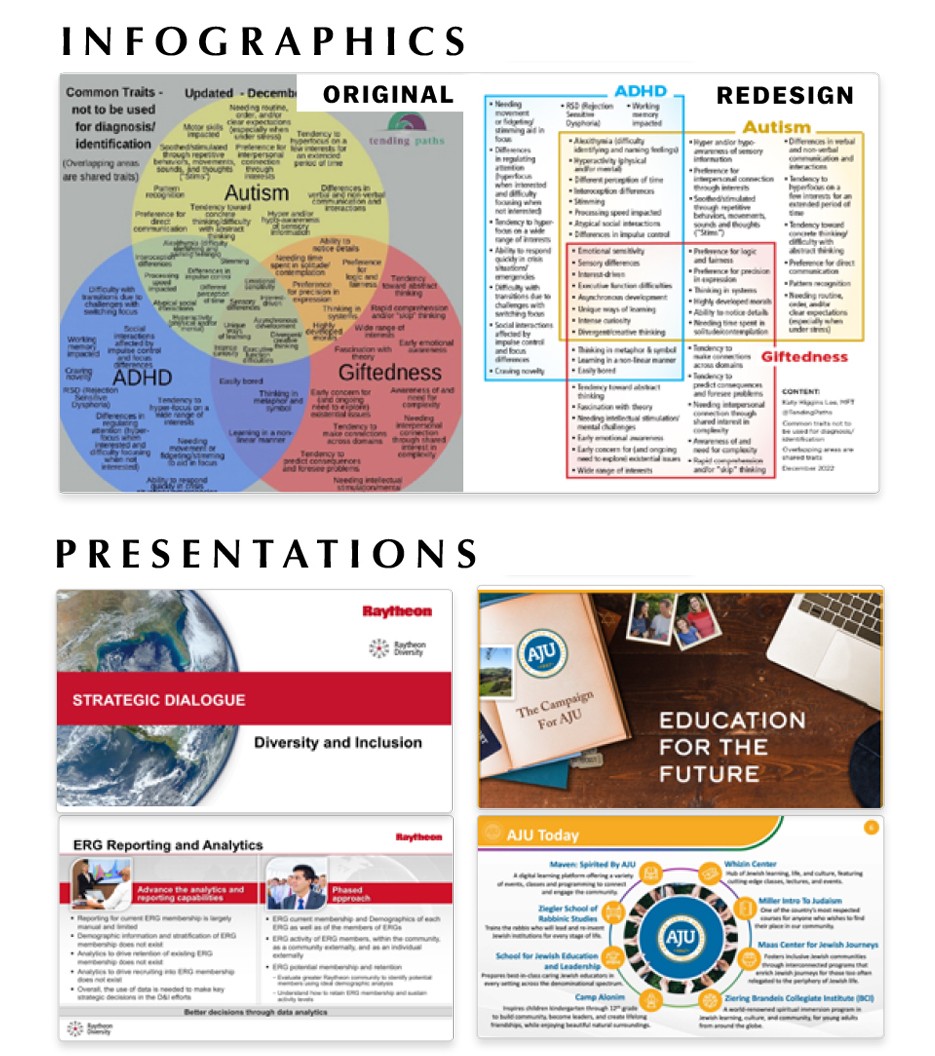
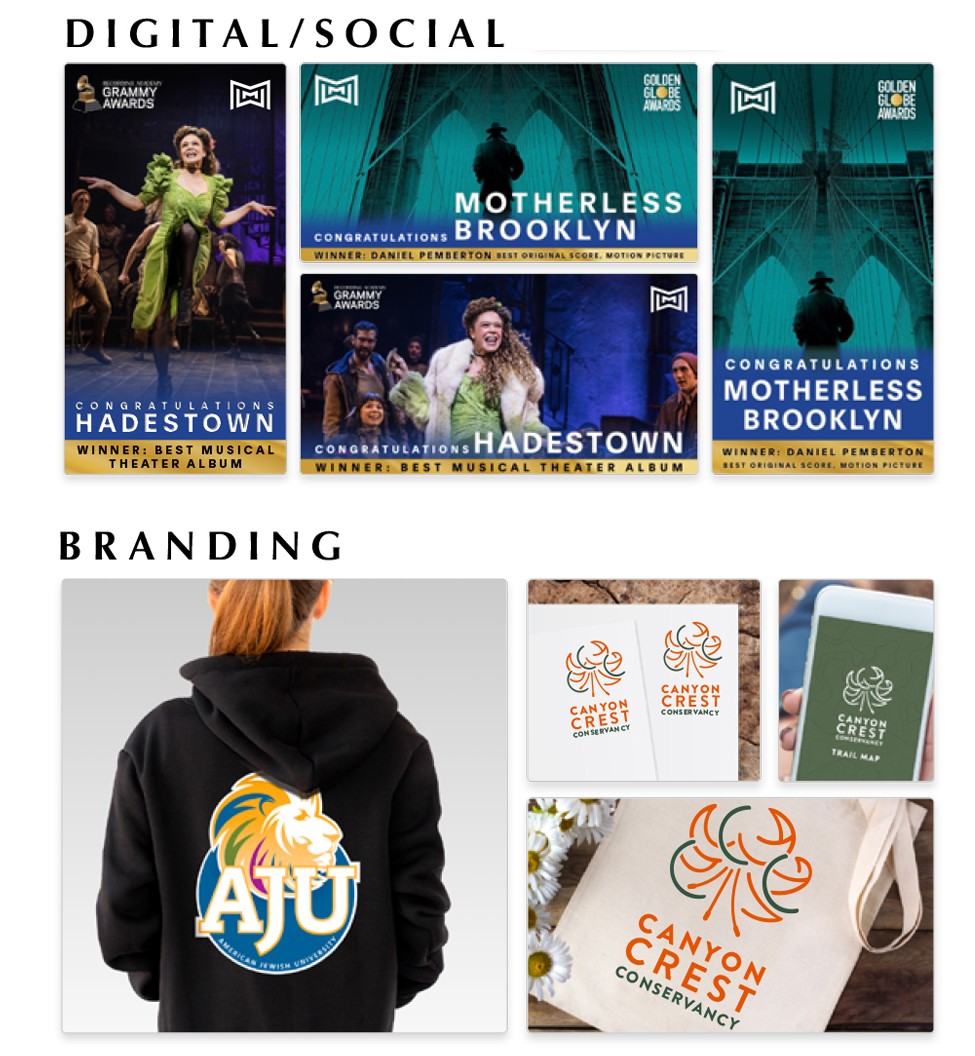
Angie, love having you share your insights with us. Before we ask you more questions, maybe you can take a moment to introduce yourself to our readers who might have missed our earlier conversations?
What sets me apart is that I don’t just make things look pretty – I make them more engaging and effective. Whether it’s a public health campaign or a business proposal, design has a big impact on how people respond, and without thoughtfulness and expertise, the message gets lost. I work with clients who understand that success means delegating sometimes- we can’t all be good at everything!. I get a lot of compliments and referrals about how I make the process easy, too. Just like the design itself, creative processes are often unnecessarily complex.
I’m happy to say I’ve largely avoided marketing products and services that I don’t believe in or feel are legitimate. It’s been really fulfilling to work with clients in fields like higher education, mental health, conservation, public health, and the rights of women, immigrants, and voters. I’ve worked with brands like Coca-Cola and The North Face on programs that give back to communities and have been selected as a preferred service provider for the city and county of Los Angeles. Right now, I’m working with the UN on reports involving ocean economies. It’s fascinating.
When I started out, though, I was a solo designer at multiple organizations, so I got practical expertise with a wide range of project types – a really good foundation for going freelance later. I do presentations, proposals, brochures, signage, trade show booths, maps, event invitations and programs, photo editing, digital and social media, promo items, logos, and, of course, infographics, which exist across project types – by definition, they’re really just graphics containing information. Sometimes, it’s easier to describe what I don’t do:, is generally video editing, animation, and programming.
A lot of times, of what I enjoy most may not look very creative, like technical diagrams or text-heavy layouts. But more creative-looking projects, the design either helps or hinders people in of understanding and using the content, and that’s what I’m focused on as a designer.
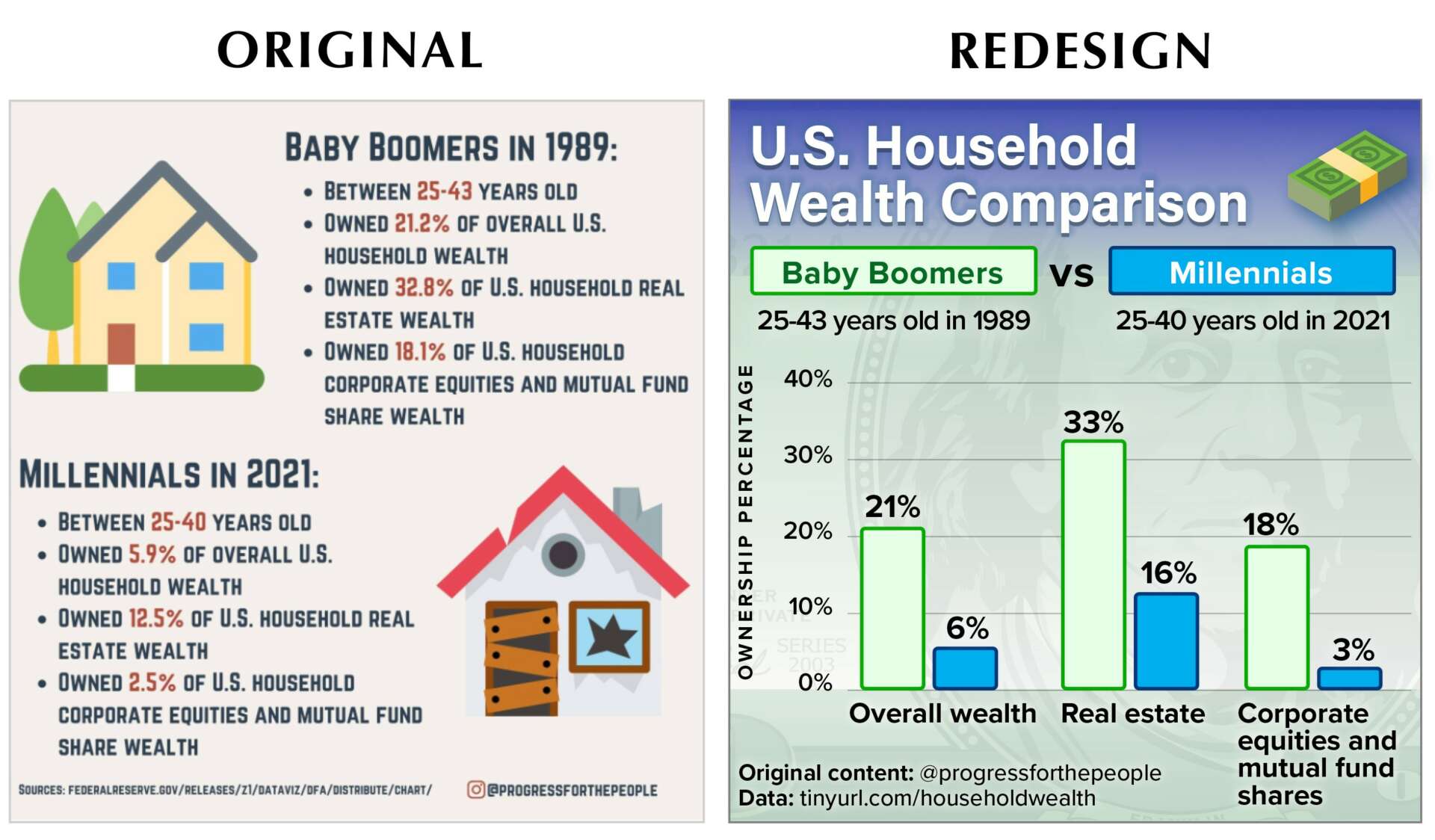
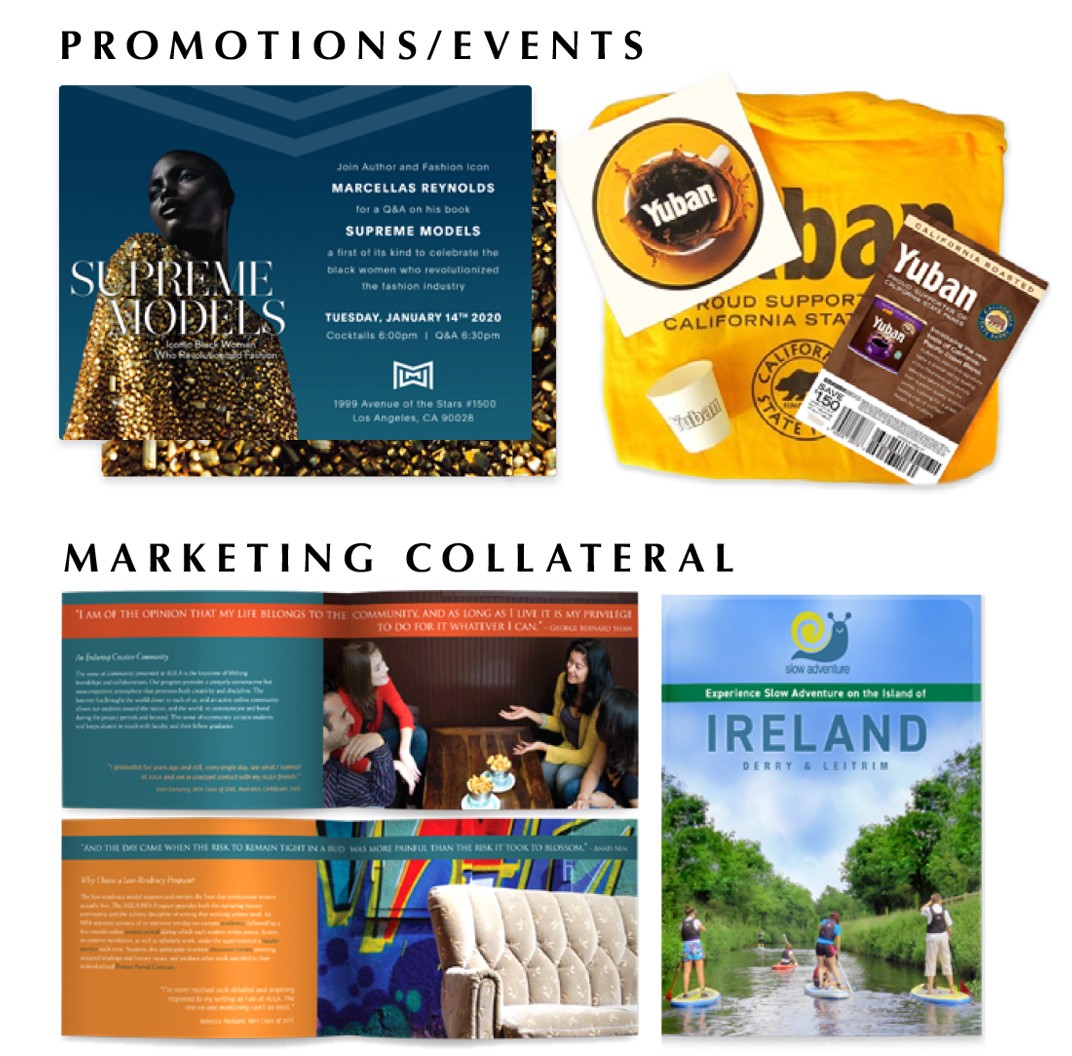
Are there any books, videos, essays or other resources that have significantly impacted your management and entrepreneurial thinking and philosophy?
I’m a total evangelist for renowned designer Bonnie Siegler’s book “Dear Client.” It goes into best practices and how to avoid process-related mistakes that derail collaborations all the time. A lot of it is establishing roles, setting expectations, etc. – all things that people aren’t taught to do, so it falls to the creatives to set ground rules with clients – and that takes bravery! There are chapters named “We Don’t Care What Your Spouse Thinks” and “Focus Groups Suck” it’s really witty and practical advice that, if followed, helps make client/creative collaborations smooth, fun and efficient, with great results. She also has an Adobe MAX talk on YouTube that I point people to all the time.
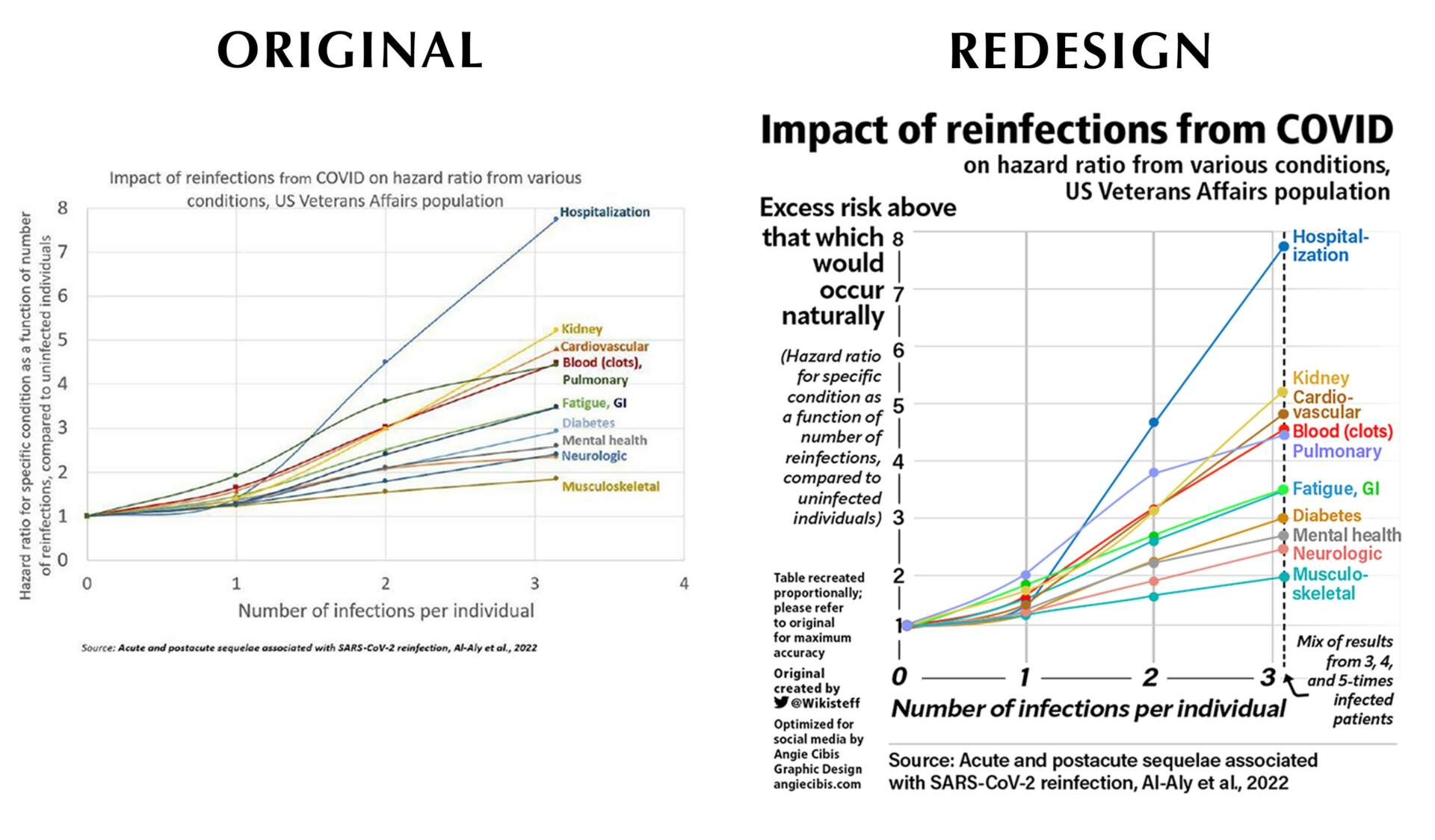
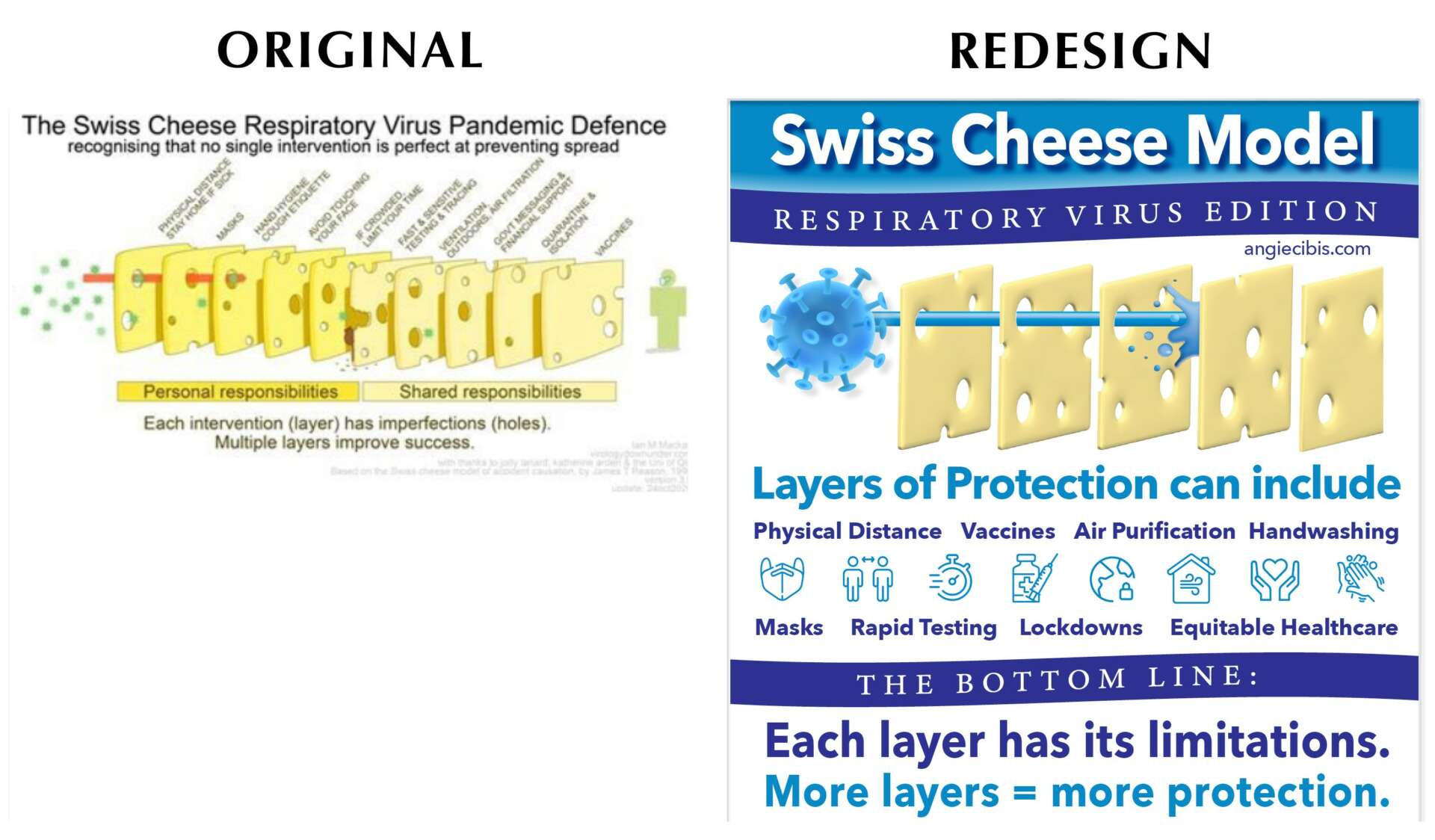
What’s been the best source of new clients for you?
People are increasingly finding me on social media, but most still find me by word of mouth, which is the best compliment. It’s an honor to earn each client’s trust, and doubly so when they vouch for my work and processes through a referral. It’s a leap of faith to put your work in a designer’s hands, so I love it when clients see greater success than if they had tried doing the design themselves. My work pays for itself – and then some!
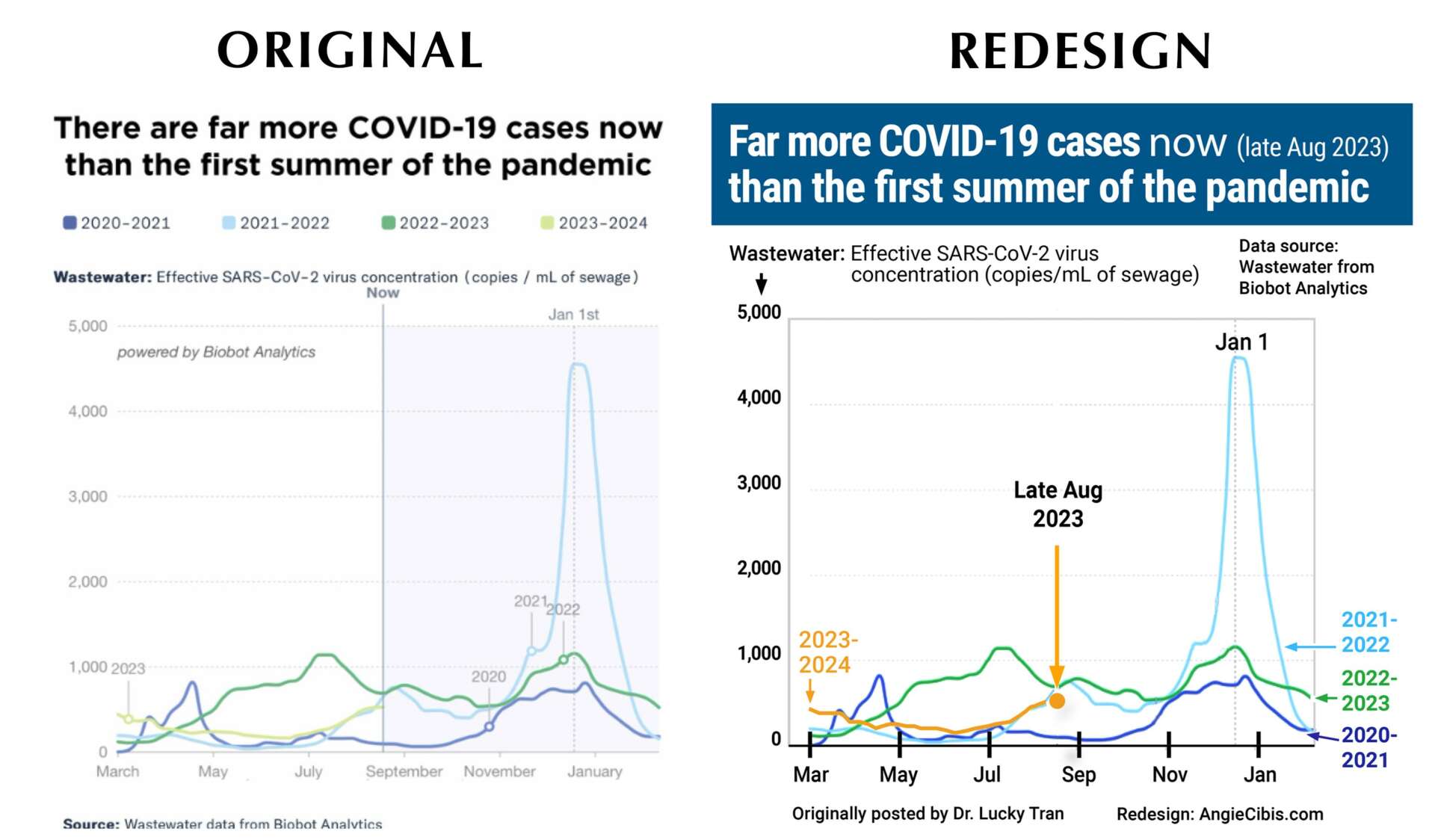
Contact Info:
- Website: https://www.angiecibis.com/
- Instagram: https://www.instagram.com/angiecibisdesign/
- Linkedin: https://www.linkedin.com/in/angiecibis/


